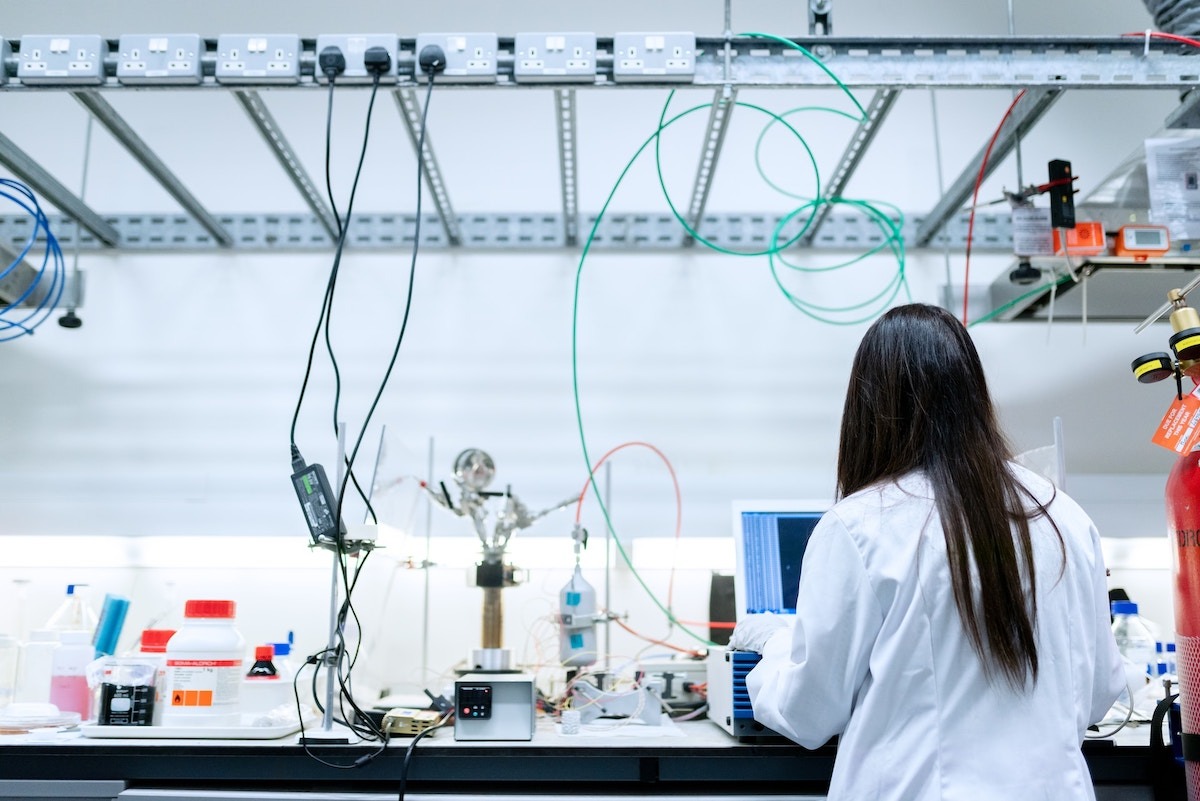
As materials development has grown more complex, so too has the data that laboratories around the world have to manage.
For businesses – especially rich-data businesses – tools that accumulate data and consolidate it into one platform have been around for a long time, with specific AI and ML technologies also being used to optimise the data being assimilated and provide new insights.
In the field of science, however, using advanced lab data management software is only really starting to take off now – especially in materials data management, where the possibilities of AI and ML technology are starting to become more broadly recognized.
What Is An Advanced Lab Data Management Software?
In 2023, the most common types of lab data management software are LIMS and materials informatics. The former focuses purely on data management.
As mentioned previously, labs have an enormous amount of data which, until recently, had to be analysed by humans in order to formulate a conclusion.
With LIMS, however, all the data is converged into one space, helping to enhance the practicality of the data and centralise the access. As well as this, LIMS is known to enable workflow automation, downstream data analysis, support compliance, and even track reagents and lots.
On the other hand, materials informatics takes the data management of LIMS and advances it into something even more impactful. Through the many uses of artificial intelligence and machine learning, materials informatics can give laboratories visualisations of the data, as well as insights and predictions on future materials. This leads to a far more rapid accumulation of knowledge, with a focused and streamlined application of the insights.
How To Unlock Efficiency In Materials Development
When it comes to unlocking efficiency in materials development, advanced lab data management software can not only accelerate the process but also lower the cost and ensure that no time is wasted on the trial-and-error part of the materials processing. It can do this by narrowing down research and discovery into four very simple steps:
- Set A Performance Target For New Materials
- Select Candidate Materials Registered With AI
- Simulate The Candidate Materials
- Evaluate All Of The Selected Candidates
As well as this, advanced data management software can define new standards for workflows, ensuring that every procedure is always followed, with a focus on increased productivity and efficiency.
It can also eliminate transcription errors, support regulatory compliance, manage staff training and competency, manage an inventory, ensure repeatability and even integrate with other systems – including ERP or Accounting.
The Future Of Materials Development
The role that advanced data management software is about to play in the world of science is too vast to contemplate. Finally, the vision of the paperless laboratory is going to become a reality, with a drastically shortened time between identifying materials and discovering them.
What’s more, the best software is relatively easy for staff to learn, and they take the form of user-friendly systems that aid the daily routine rather than add unnecessary confusion to traditional procedures. Over the years, it is likely that we will see faster, more productive working in laboratories, with complete elimination of unnecessary workflow in the route to materials development.